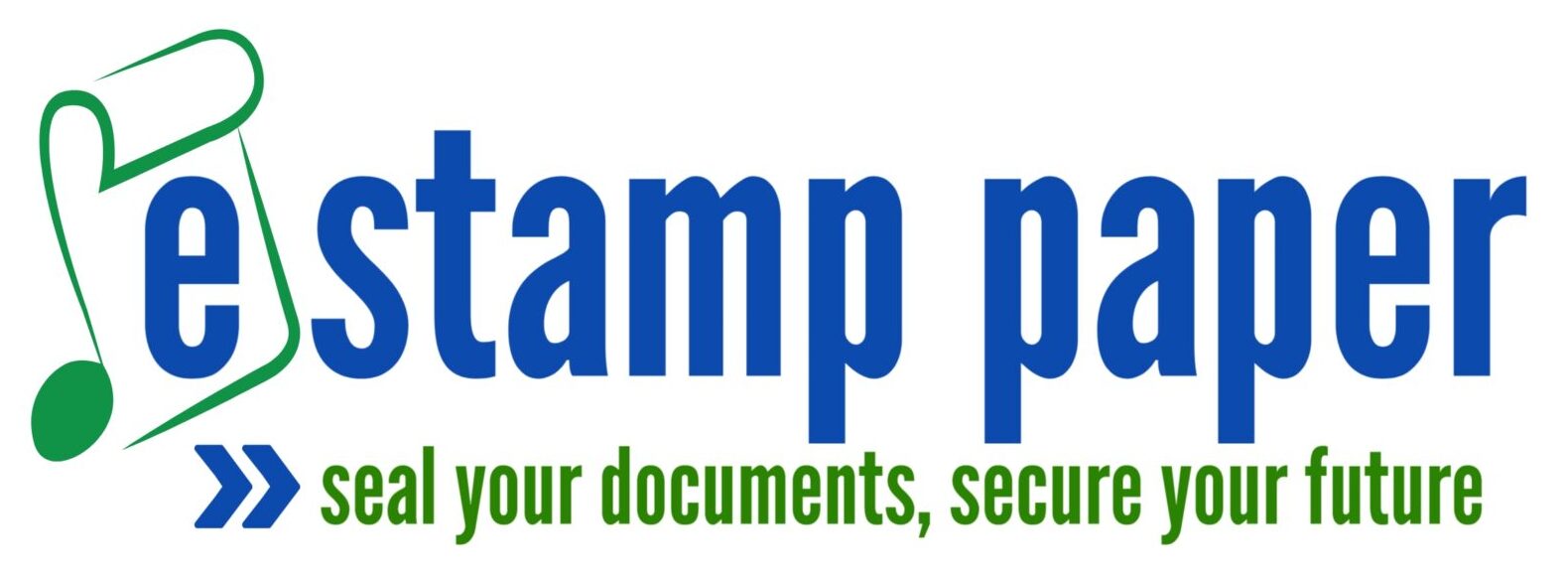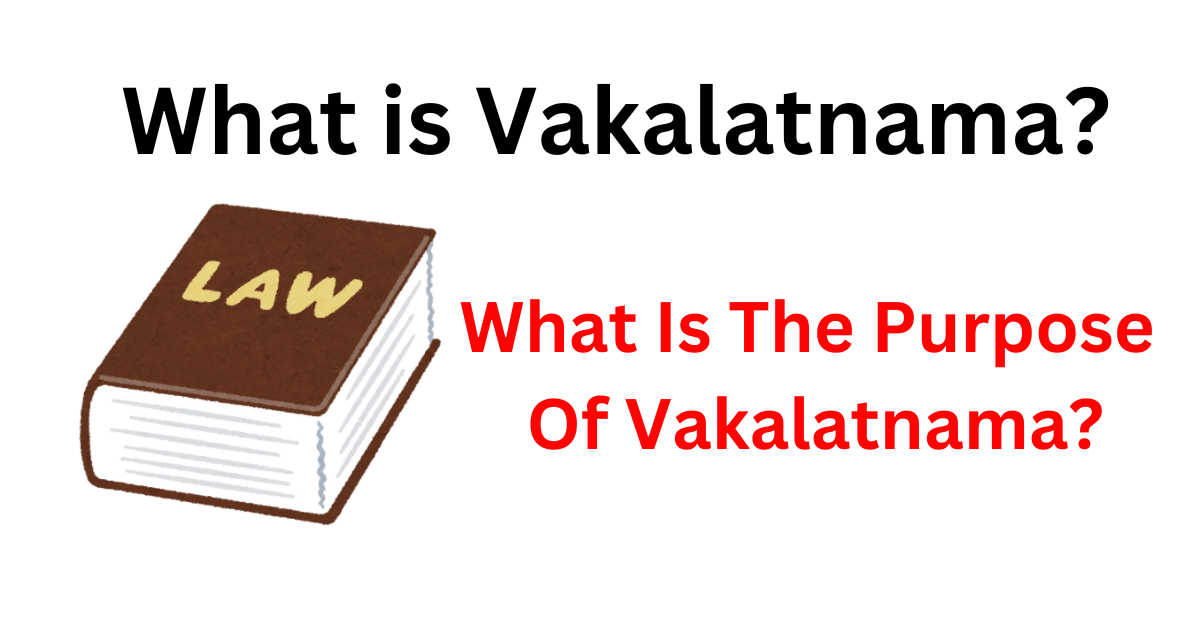What is Vakalatnama?
Do you know which document or which right is it on the basis of which a lawyer fights the case of his client? We are going to talk about Vakalatnama. This type of Vakalatnama is On which a stamp of ₹ 2 and a stamp of ₹ 32 of welfare is pasted on the Vakalatnama. The client’s signature is done at the bottom and the advocate’s signature is done on one side. On the basis of this Vakalatnama, the lawyer fight your case. This is such a document through which the client authorizes his case that this advocate will fight my case in the court. So this is called Vakalatnama.
Unless this is signed, no lawyer can fight the case of the client because it can also be called an authorized letter which is given in the court. The lawyer gives it to the judge and then it is authorized that the lawyer of this client is.
Vakalatnama is a withdrawal agreement between the client and the lawyer through which the client authorizes the lawyer to plead in any of his legal matters. Here Vakalatnama means that in that particular case, on the basis of Vakalatnama, the lawyer will be able to prepare arguments and submit applications.
You will be able to plead in the case for the client and can also do debate etc. So as soon as we give Vakalatnama to a lawyer, that lawyer gets the rights to do all these things on our behalf and if we talk about legal provisions, then the term Vakalatnama has not been defined anywhere in the Code of Civil Procedure or Power of Attorney.
Yes, in Order 3 Rule 4 of the Code of Civil Procedure, it is definitely provided that no lawyer will be able to work in the court for any party unless the lawyer has been authorized by the return document and that return document has not been filed in the court. Here Vakalatnama means your advocate or lawyer. And the return document means Vakalatnama.
Supreme Court Judgment In The Case Of Uday Shankar vs Ram Kaleva
In this regard, the Supreme Court gave a judgment in the case of Uday Shankar vs Ram Kaleva in the year 2005, in which it was said that Vakalatnama is a kind of power of attorney, in which the client acts as the principal and the lawyer as the agent. If an agent does any work for his principal, then that work is binding on the principal and after the work is done, the principal cannot refuse the work done by the agent. Similarly, when a lawyer does any work for his client in relation to a case in the court, it is binding on the client.
Many times the client refuses the work done by the lawyer, but it is not legally valid. Now let’s talk about what details are there in Vakalatnama. So in any Vakalatnama, first of all the name of the court is written in which that case is going on or is to be filed, after that the title of the case, case number and year are written. After this, the full details of that party i.e. name, father’s name and complete address are written.
Then the name of the advocate and the details of the rights of the fixed fee will be written, then all the rights being given by the client to the advocate are written, then finally the client’s signature is put after putting the date. The Vakalatnama is considered complete when the advocate signs it and presents it in the court. Whenever you give any Vakalatnama to an advocate, you should carefully read the rights given in the Vakalatnama and also read the terms and conditions of the Vakalatnama.
How much fee has been decided between you and your advocate and how it is to be paid, it is also written in the Vakalatnama. You should also look at that clause carefully. Many lawyers fix a lump sum fee, many lawyers fix the fee for the hearing, then many times lawyers fix the fee for a fixed period, so while signing it should be checked whether the amount of fee and the method of payment decided between you and the lawyer sahab is written in that Vakalatnama or not.
A question often asked is how long does the Vakalatnama remain effective. Order 3 Rule 4 of the Code of Civil Procedure provides that once the Vakalatnama is issued, it will remain in force until either the Vakalatnama is cancelled with the permission of the court or the party or the lawyer dies or the case for which the Vakalatnama was issued is completely over. One thing worth noting here is that if you want to change the lawyer, you will have to file the Vakalatnama of another lawyer in the court and also take an NOC from the first lawyer on the second Vakalatnama. For NOC, it is necessary that the full fees of the first lawyer have been paid.
If a party submits a second Vakalatnama without taking an NOC from the first lawyer, then the first lawyer can object and can also file a claim to recover his outstanding fees. Another important thing about Vakalatnama is who will be able to sign the Vakalatnama. Therefore, in every case it is not necessary that the client himself signs the Vakalatnama. Sign on behalf of the party Authorized agent or power of attorney holder can also sign the Vakalatnama on behalf of the party.
But it is worth noting that Vakalatnama is a type of contract and only a person who is eligible to enter into a contract can sign the Vakalatnama. The person eligible to enter into a contract is an adult and whose mental condition is sound i.e. where the party in a case is a minor, then only his guardian will sign the Vakalatnama on his behalf. Another thing is that for which works it is necessary to give Vakalatnama, in this regard the decision of the Supreme Court is that a notice should be sent for any legal opinion.


